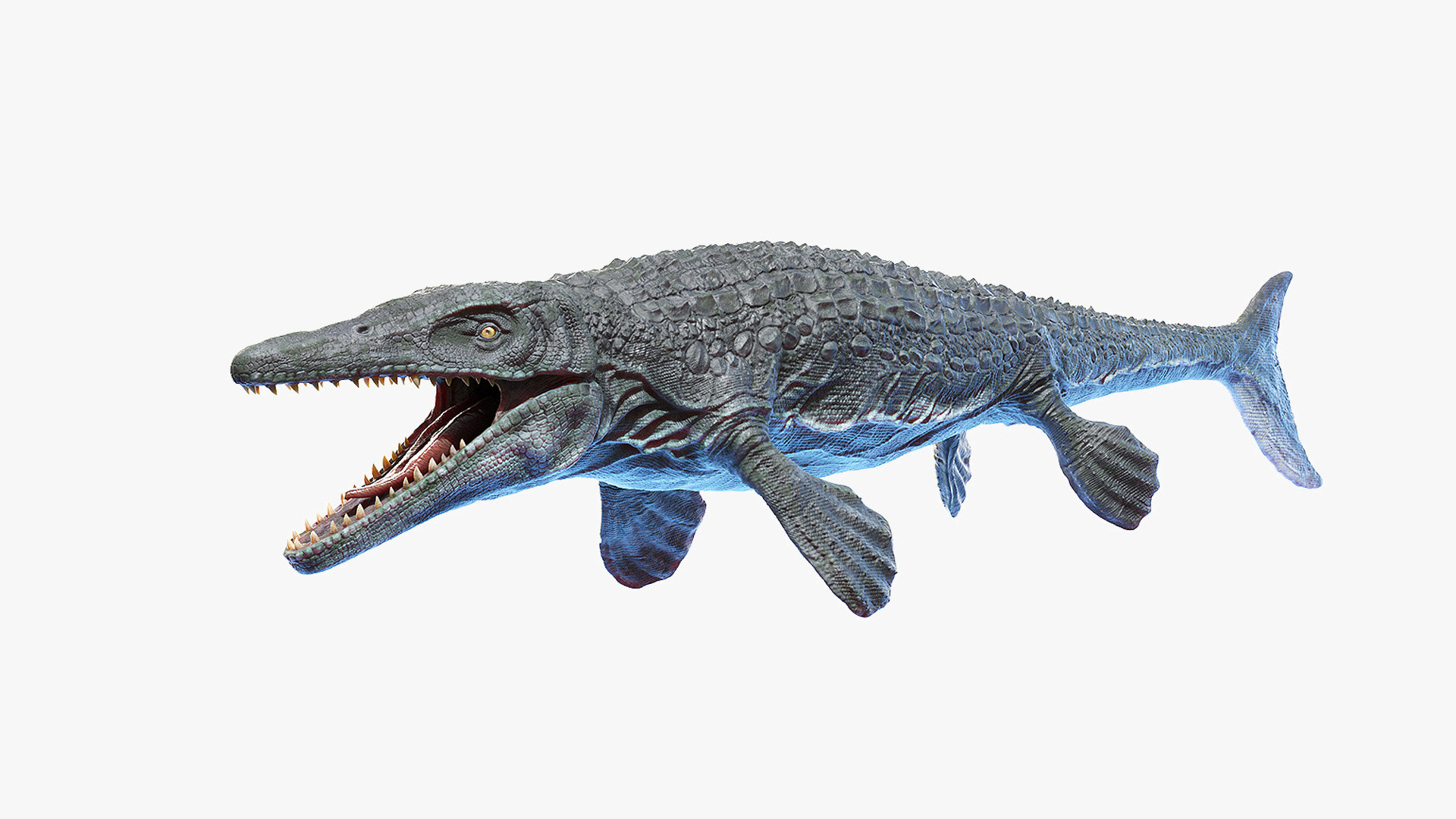The Mosasaurus is a fascinating prehistoric creature that once ruled the oceans. With its sleek and powerful body, sharp teeth, and incredible swimming abilities, the Mosasaurus was a true apex predator of its time. In this article, we will delve into the world of the Mosasaurus and explore its physical characteristics, behaviors, and the environment in which it lived.
Table of Contents
Mosasaurus
Let’s start by taking a closer look at the Mosasaurus. This marine reptile belonged to the group of mosasaurs, which were giant, carnivorous reptiles that lived during the late Cretaceous period, approximately 70-66 million years ago. The Mosasaurus was known for its long, streamlined body, flippers for propulsion, and a tail fluke for swimming. With its powerful jaws lined with sharp teeth, the Mosasaurus was a formidable predator in the seas.

3D Mosasaurus – TurboSquid
For a more detailed and realistic view of the Mosasaurus, we can turn to 3D models like the one from TurboSquid. This digital rendition captures the intricate details of the Mosasaurus, from its scaled skin to its ferocious expression. By exploring 3D models, we can gain a deeper appreciation for the physical anatomy of this prehistoric creature.

As we immerse ourselves in the world of the Mosasaurus, we can’t help but marvel at its adaptations for life in the ocean. Its streamlined body allowed it to move swiftly through the water, while its large flippers provided precise control and maneuverability. These physical features were essential for hunting and capturing prey, which likely included fish, squid, and other marine reptiles.
One of the most distinctive characteristics of the Mosasaurus was its double-hinged jaw, which enabled it to swallow prey whole. This unique adaptation allowed the Mosasaurus to consume large prey items and helped it maintain its position as a top predator in the ancient seas. Its sharp, conical teeth were perfect for gripping slippery prey and tearing through flesh, making it a formidable hunter.
Despite its fearsome reputation as a predator, the Mosasaurus was also a vulnerable creature in its environment. Competition for food, territory, and mates would have been fierce among these marine reptiles, leading to intense struggles for survival. By studying the fossils and remains of the Mosasaurus, paleontologists can piece together the complex interactions that shaped its existence.
Adaptations and Evolution
The Mosasaurus was a product of millions of years of evolution, adapting to the changing conditions of the Cretaceous oceans. Its large size and predatory nature were key factors in its success as a marine reptile, allowing it to dominate its ecosystem and thrive in a variety of habitats. By studying the evolution of the Mosasaurus, scientists can gain insights into the broader patterns of evolution and extinction that have shaped life on Earth.
One of the challenges faced by the Mosasaurus was the changing climate and sea levels during the late Cretaceous period. As the oceans fluctuated and ecosystems shifted, the Mosasaurus had to adapt to new conditions or face extinction. By examining the fossil record and geological evidence, researchers can reconstruct the environmental changes that influenced the evolution of the Mosasaurus and other marine reptiles.
Conservation and Preservation
While the Mosasaurus lived millions of years ago, its legacy continues to inspire fascination and curiosity in modern-day scientists and enthusiasts. By preserving fossils, studying ancient ecosystems, and reconstructing the world of the Mosasaurus, we can gain a better understanding of our planet’s history and the interconnectedness of life forms throughout time.
Conservation efforts are also vital for protecting the remnants of the Mosasaurus and other prehistoric creatures that once roamed the Earth. By safeguarding fossil sites, promoting education and awareness, and supporting research in paleontology, we can ensure that the legacy of the Mosasaurus remains intact for future generations to explore and appreciate.
Conclusion
The Mosasaurus was a remarkable and enigmatic creature that roamed the oceans of the late Cretaceous period. With its impressive size, powerful jaws, and streamlined body, the Mosasaurus was a true marvel of evolution and adaptation. By studying its fossils, reconstructing its environment, and exploring its legacy, we can gain valuable insights into the history of life on Earth and the intricate web of relationships that have shaped our planet.
As we continue to unravel the mysteries of the Mosasaurus and other prehistoric creatures, we are reminded of the vast diversity and complexity of life that has flourished on our planet over millions of years. By embracing the wonders of the past, we can better appreciate the beauty and resilience of the natural world and work towards preserving it for generations to come.





